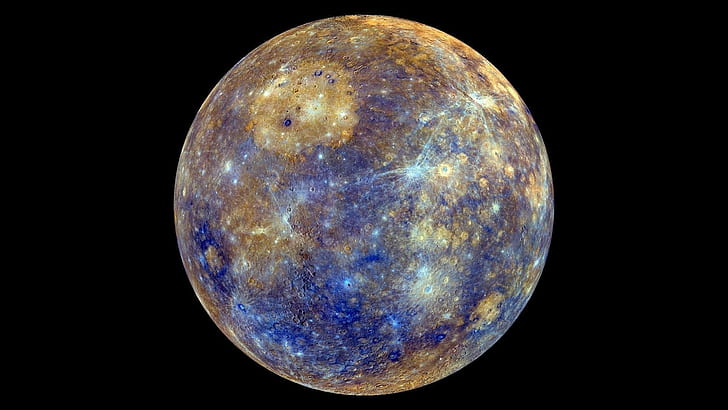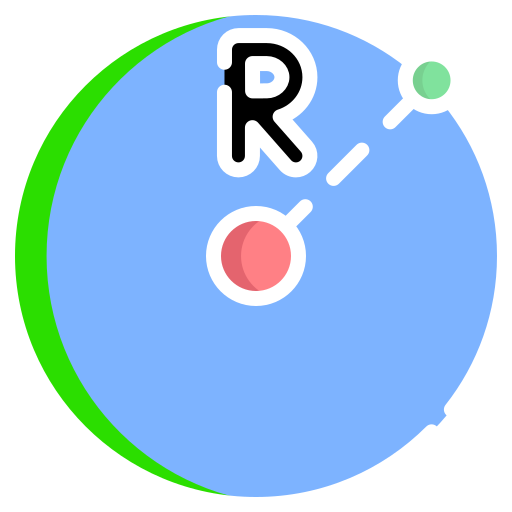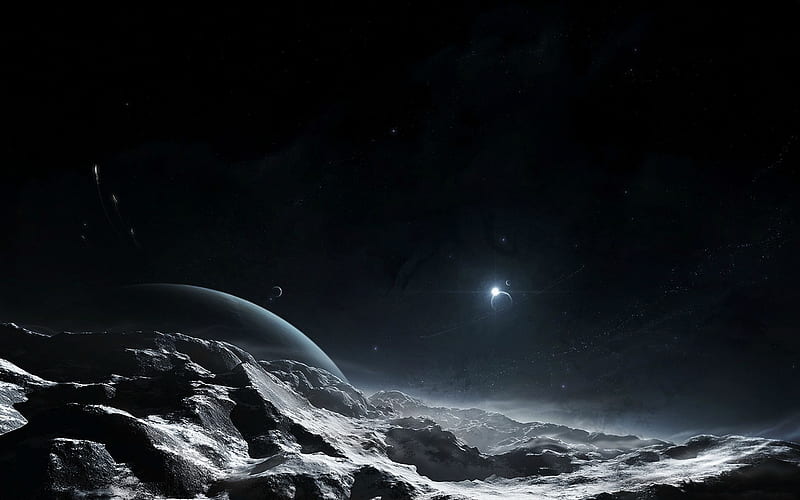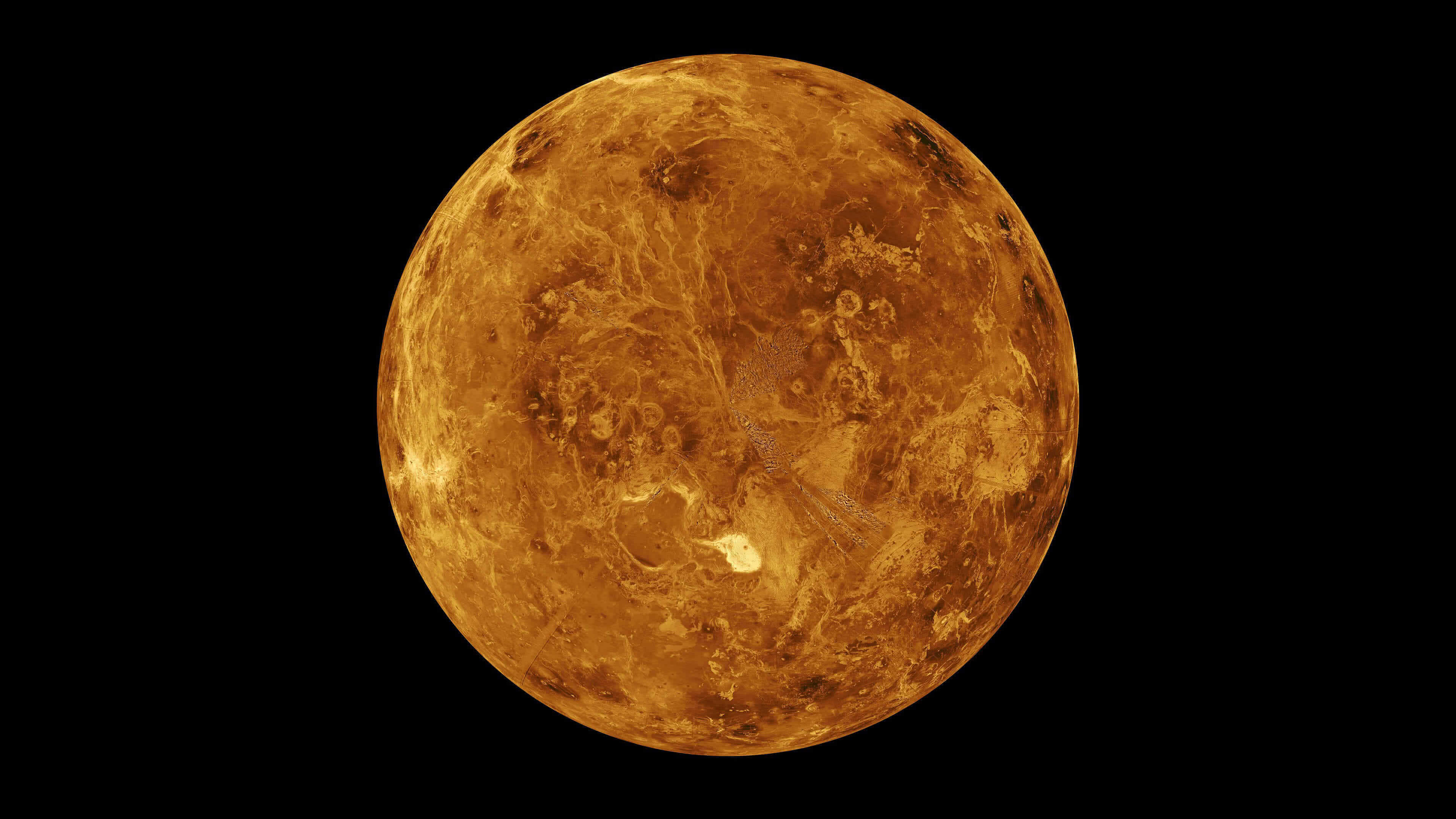



Mercury is the nearest planet to the sun.

The radius of the mercury is 2 439.7 kilometers.

Mass of the mercury is about 0.055 times of the earth.

Density of the mercury is 5.43 g/cm³.

If we talk about gravity of the mercury then it is 3.7 m/s².
Mercury is the smallest planet in the solar system.Mercury may have a solid silicate crust and mantle overlying a solid outer core, a deeper liquid core layer, and a solid inner core. Having almost no atmosphere to retain heat, Mercury has surface temperatures that change wildly during the day, ranging from 100 K (-173 °C; -280 °F) at night to 700 K (427 °C; 800 °F) during sunlight across the equator regions.At Mercury's poles though, there are large reservoirs of water ices that are never exposed to direct sunlight, which has an estimated mass of about 0.025-0.25% the Antarctic ice sheet.
Mercury orbits the Sun in a 3:2 spin-orbit resonance, meaning that relative to the background stars, it rotates on its axis exactly 3 times for every 2 revolutions it makes around the Sun. Due to Mercury's slow rotation, an observer on the planet would see only one Mercurian solar day (176 Earth days) every two Mercurian solar years (88 Earth days each). Mercury's axis has the smallest tilt of any of the Solar System's planets (about 1/30 of a degree), and its orbital eccentricity is the largest of all known planets in the Solar System.









